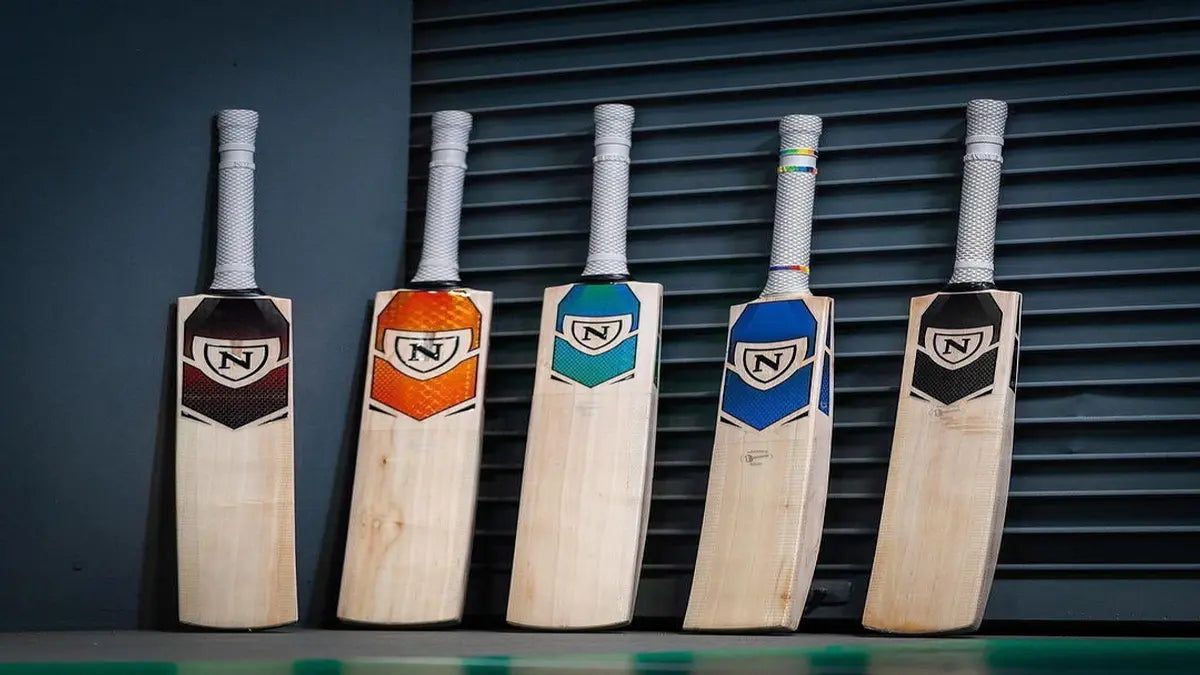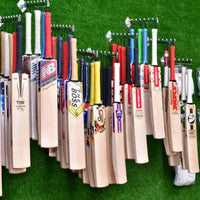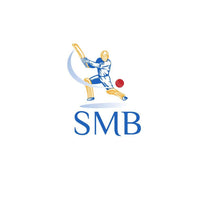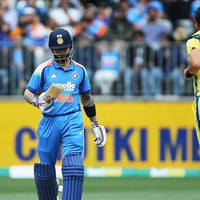Cricket, a sport with a rich history, has seen significant changes over the years, not only in terms of rules and formats but also in the equipment used by players. One crucial piece of equipment that has undergone a fascinating evolution is the cricket bat. In the context of Tap Ball Cricket, where innovation meets the traditional, the evolution of bats is nothing short of a marvel.
The Traditional Beginnings
Historically, cricket bats were crafted from willow wood, a tradition that dates back centuries. The sweet spot, the part of the bat that provides optimal power and control, was carefully identified and shaped. This craftsmanship, rooted in tradition, was essential for players to deliver powerful shots.
Enter Tap Ball Cricket
With the advent of Tap Ball Cricket, a new dimension was added to the game. The unique combination of a soft ball and a hard bat introduced a level of safety and excitement that traditional cricket sometimes lacked. As the game adapted to a more dynamic and fast-paced format, so too did the cricket bat.
Materials and Technology
Modern Tap Ball Cricket bats are a far cry from their traditional counterparts. While willow remains a popular choice for the blade, the handle often incorporates advanced materials like carbon fiber or fiberglass. This not only makes the bat lighter but also enhances durability, allowing players to execute powerful shots with ease.
[content-egg module=AmazonNoApi template=grid]
Design Innovations
The design of Tap Ball Cricket bats has seen remarkable innovations. The shape and contour of the blade are meticulously engineered to maximize the sweet spot, ensuring that players can consistently deliver impressive shots. The introduction of concave profiles and aerodynamic features has further optimized the performance of these bats.
Weight Distribution
Unlike traditional cricket bats, which tend to be more evenly balanced, Tap Ball Cricket bats often have a more pronounced weight distribution towards the bottom. This shift provides players with additional power in their shots, making it easier to clear boundaries and score big in this fast-paced format.
Customization for Players
One of the most exciting aspects of the evolution of Tap Ball Cricket bats is the level of customization available to players. From grip preferences to variations in blade thickness, players can tailor their bats to suit their individual playing styles. This level of personalization was not as prevalent in traditional cricket, making Tap Ball Cricket bats a true reflection of the player wielding them.
[content-egg module=AmazonNoApi template=grid groups=”cricket bats”]
The Future of Tap Ball Cricket Bats
As technology continues to advance, it’s exciting to imagine what the future holds for Tap Ball Cricket bat. Perhaps we’ll see the integration of smart technologies, such as sensors to provide real-time data on shot quality and performance. The marriage of tradition and innovation is likely to lead to even more sophisticated designs that enhance the player’s experience.
Conclusion
In conclusion, the evolution of Tap Ball Cricket bats is a testament to the sport’s ability to embrace innovation while honoring its roots. From the humble willow to the wonder of modern engineering, these bats are not just tools for the game but a reflection of the dynamic nature of cricket itself. As the game continues to evolve, so too will the instruments used to play it, ensuring that the thrill of Tap Ball Cricket remains an exhilarating experience for players and fans alike.







